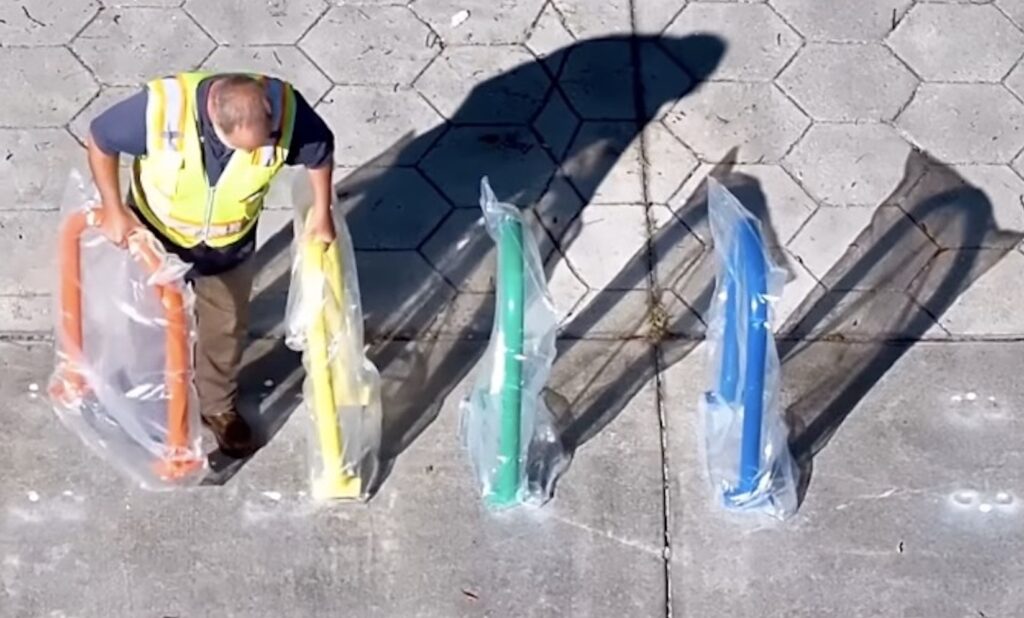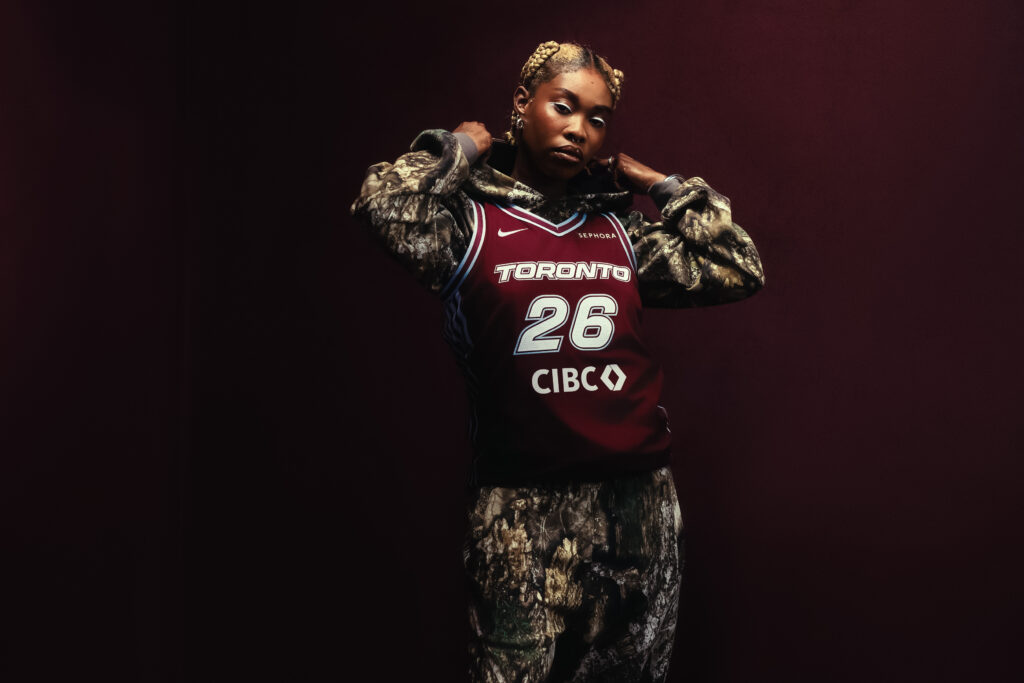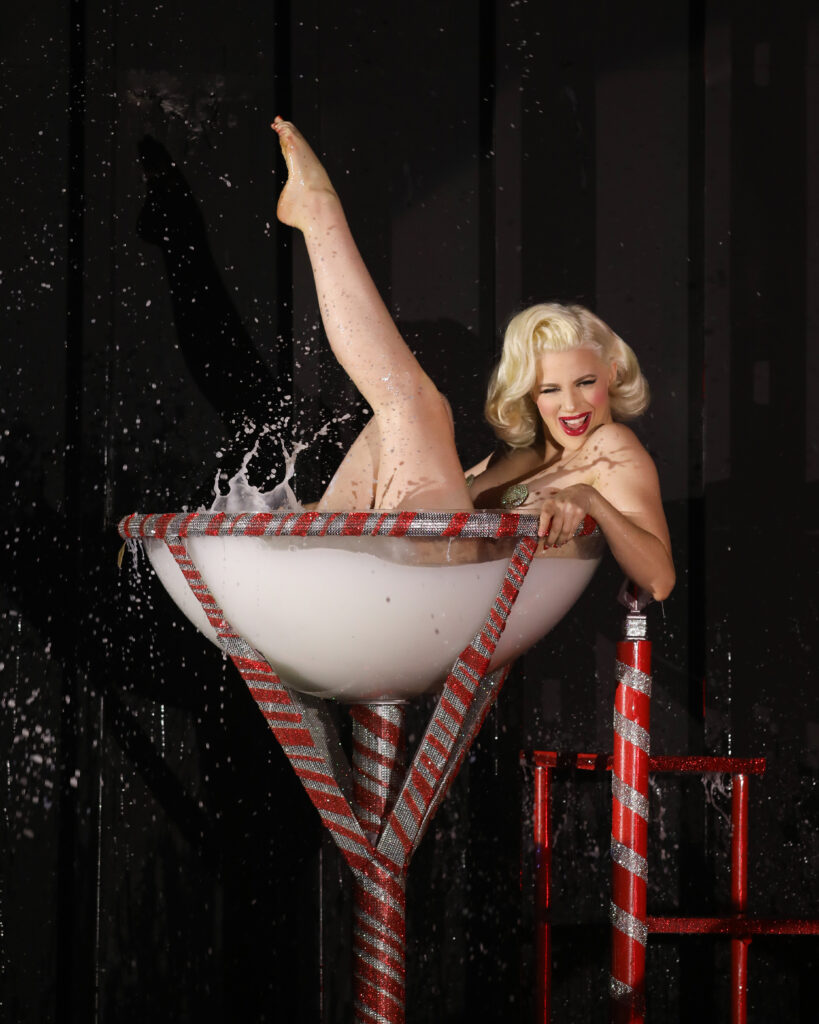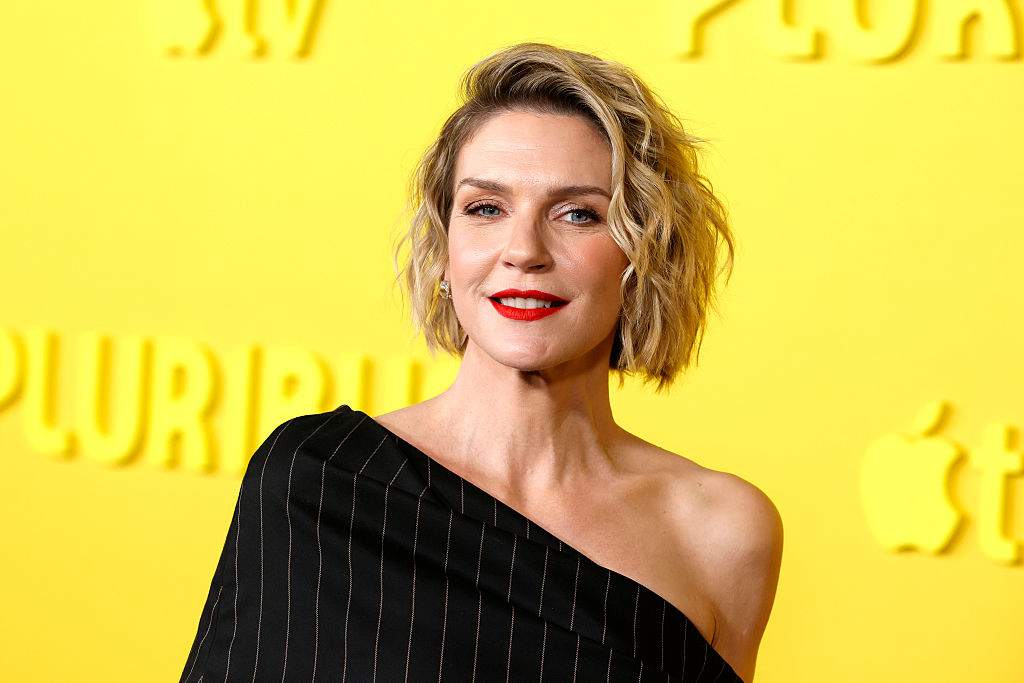Queer Creators Collection: Introducing Mary Royall Wilgis

This week, GO is highlighting Mary Royall Wilgis, a contemporary painter who plays with light and color in her work.
Mary Royall Wilgis is a contemporary painter based in New York City. Her pieces encapsulate light, color, and shadow, and reflect her personal experiences, relationships, and queerness.
Mary Royall recalled a moment of artistic inspiration at the MoMA when reading Georgia O’Keeffe’s “To See Takes Time,” and extrapolated the idea that “Before you learn to make, you have to learn to see.” This encouraged her to start taking walks, looking for a certain color or light somewhere. That exercise eventually evolved into seeing light as a medium communicating everything, no matter where you are in the world. She understands light as the art of learning to see. Since then, Mary Royall has incorporated that perspective into her paintings.
“Being queer teaches you to see the world through a different lens, and so you’re automatically in this point of looking at the world, and questioning things instead of taking them for face value,” Mary Royall told GO. “You’re put in this mindset of questioning, and I think that is one of the most powerful things in a creative process.”
Mary Royall identified her work as joyful and colorful and had great insight into the nuances of “queer art.” She noted her work as not being overtly “gay,” instead stemming from more sapphic depictions of lesbian or queer bodies. The display of emotion in her paintings, however, is inherently queer. Emotionally evocative colors and lights reflect the queer joy that she knows to be so important not only to creation and art, but to the queer community at large.
A theme Mary Royall has been exploring in her work runs parallel to the “Gestalt switch,” which allows you to see the same image in sudden shifts of perspective. This exploration holds weight in Mary Royall’s relationship with some of her family in the South, who haven’t been accepting of her queerness. She tells GO, “It’s so interesting to put nothing but light into the world, and still get negativity back. You can’t have light without shadow.” She elaborated, “You could say I’m painting light, but you could equally say I’m painting shadows … they’re literally the flip side of the same coin. Whatever you think it is, it can always be seen as something else.”

“Window Light” (2024) is a piece Mary Royall painted of the light coming through her childhood kitchen window. She told GO that people who have seen this piece have said, “This looks like my childhood window!” She attributes that communal recognition to the feeling of memory and light. The painting serves as a pure form of simplistic childhood memory before the complications of adolescence and adulthood.

“Ion Avenue” (2025) is part of her series “The Cut,” which is inspired by light interacting with space. The painting was based on a photo Mary Royall took of light when she was on a trip with her partner in Los Angeles. She recalls experiencing a Gestalt switch of her own when looking back at her piece shortly after its creation. Though her work was inspired by the photo she took, in hindsight, she was able to visually recognize the nerve pain that she had been experiencing. She told GO, “I was at a residency in Paris, and I was talking to my partner about this, and I realized that the work I was making looked like how I would visualize pain. And it was about light. So again, this is that flip between shadow and light, and pain and joy, somehow trying to encompass all of it at once.”

“Sunspots” (2024) is about light filtering through trees and the glimmers we see everywhere. “I was talking about how it reminds me of how people are like, these little lights, and you’re surrounded by all these little lights all the time,” she said.
To shop collections or check out more of Mary Royall’s work, visit her website or head over to her Instagram (@maryroyallstudio) and TikTok (@maryroyallstudio) to follow along her journey as our favorite light chaser and color enthusiast.












